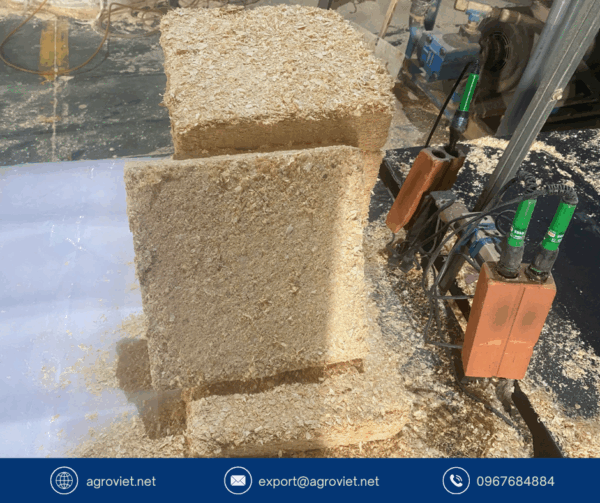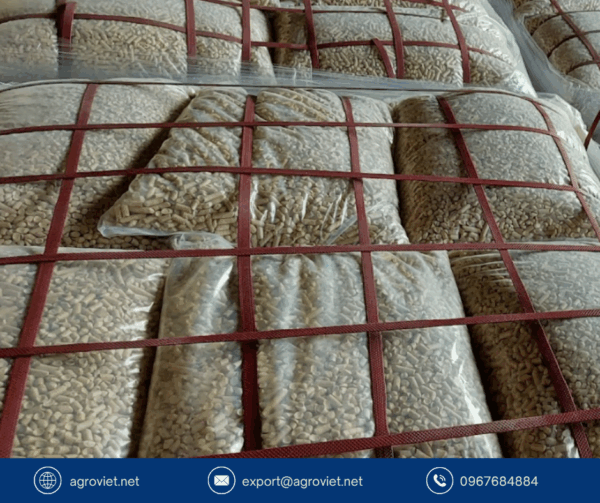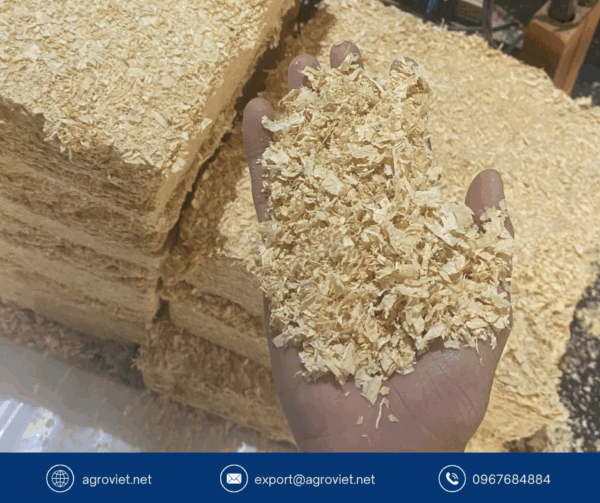Winter Animal Welfare: The Role of Wood Shavings in Reducing Stress and Illness
Winter brings unique challenges for livestock, from freezing temperatures to damp, confined spaces that heighten stress and illness. Poor environmental conditions can exacerbate respiratory diseases, hoof infections, and behavioral issues, compromising animal welfare and farm productivity. A 2024 study in Veterinary Paper highlights how suboptimal housing conditions in winter increase stress-related immunosuppression, leading to higher disease incidence in livestock like cattle, goats, and sheep. Quality wood shavings, with their insulating, absorbent, and clean properties, play a pivotal role in mitigating these risks, promoting animal welfare by reducing stress and illness. This post explores how wood shavings enhance winter welfare, supported by a realistic case study.

The Winter Welfare Challenge
Cold, wet, and poorly ventilated barns create stressful environments for livestock. According to the Veterinary Paper study, winter stressors like low temperatures and high humidity suppress immune function, increasing susceptibility to diseases such as bovine respiratory disease (BRD), pneumonia, and mastitis. Stress also triggers behavioral changes, such as reduced lying time or aggression, which further compromise health. These conditions can elevate mortality rates by 5-8% in poorly managed barns, with young or vulnerable animals hit hardest. Proper bedding is a critical tool to combat these challenges, creating a comfortable, healthy space for animals.
Why Straw Falls Short for Welfare
Straw is a common bedding choice due to its low cost, but it underperforms in winter:
-
Poor Absorbency: Straw absorbs only 1.5-2.5 times its weight in moisture, leading to wet, cold bedding that stresses animals and fosters pathogens.
-
Compaction: Straw flattens under weight, reducing insulation and causing discomfort, which increases stress and reduces rest.
-
Pathogen Risk: Damp straw harbors bacteria like E. coli and Fusobacterium necrophorum, contributing to infections like hoof rot and mastitis.
-
Dust and Mold: Moldy or dusty straw irritates respiratory systems, exacerbating conditions like BRD, as noted in the Veterinary Paper study.
These shortcomings can drive stress-related illness, with straw-bedded barns seeing 5-8% mortality rates in winter due to increased disease and cold stress.
How Wood Shavings Enhance Animal Welfare
Wood shavings, particularly from softwoods like pine, address these issues with superior qualities:
-
High Absorbency: Shavings absorb 4-6 times their weight in moisture, keeping pens dry and reducing bacteria that cause infections, thus lowering stress and illness.
-
Insulation: Their fluffy, layered structure traps air, providing warmth that reduces cold stress and encourages lying behavior, critical for energy conservation.
-
Comfort: Soft, cushioned shavings promote rest, reducing joint strain and behavioral stress in animals like goats, sheep, and cattle.
-
Low Dust: Kiln-dried shavings minimize respiratory irritants, protecting against diseases like pneumonia, a key winter concern highlighted in the Veterinary Paper study.
-
Odor Control: Shavings neutralize ammonia, improving air quality in low-ventilation barns and reducing stress on sensitive respiratory systems.
These benefits translate to lower stress and illness rates. Studies suggest wood shavings can reduce winter mortality to 1-3%, a 4-5% improvement over straw’s 5-8%, by creating a healthier, less stressful environment.
Impact on Stress and Illness
The Veterinary Paper study emphasizes that dry, comfortable bedding reduces stress-induced cortisol levels, which weaken immunity. Wood shavings excel here by maintaining dry, warm pens that minimize environmental stressors. For example, dry bedding reduces hoof rot incidence by up to 70% compared to straw, as wet conditions are a primary driver. Similarly, low-dust shavings cut respiratory issues like BRD by 50-60%, as cleaner air supports lung health. By encouraging rest and reducing pathogens, shavings lower stress-related behaviors like aggression or pacing, enhancing overall welfare.
Case Study: The Mitchell Family Farm
Meet Sarah and David Mitchell, who manage a 150-head mixed livestock farm in northern Minnesota, raising 80 dairy goats and 70 sheep. Winters in their region drop to -30°F, with high humidity creating damp barn conditions. For years, they used straw bedding from a local supplier, but it led to persistent problems: wet pens fostered hoof rot, and dusty straw triggered respiratory issues. In the winter of 2022, they lost 12 animals (8% of their flock)—7 goats and 5 sheep—primarily to pneumonia and stress-related infections, well above their usual 3% annual mortality.
In 2023, the Mitchells switched to kiln-dried pine shavings, layering them over wood pellets for extra absorbency in their deep-bedded barn. The results were remarkable:
-
Mortality Dropped: They lost only 3 animals (2%), a 6% reduction, due to drier pens and fewer respiratory infections.
-
Illness Reduced: Pneumonia cases fell by 65%, and hoof rot incidents dropped by 80%, as shavings kept hooves dry and clean.
-
Stress Decreased: Animals rested more, with lying time increasing by 20%, reducing stress behaviors like head-butting and vocalizing.
-
Labor Savings: Cleaning took 40% less time—down from 2.5 hours to 1.5 daily—since shavings sifted easily.
-
Cost Efficiency: The Mitchells used 30% less bedding, saving $1,000 over the winter despite higher upfront costs.
Sarah shared, “The shavings transformed our barn. The animals are calmer, healthier, and we’re not losing as many to winter illnesses. Cleaning is faster, and the air smells clean. It’s made a huge difference for our flock.” The Mitchells now use Platts Bedding shavings for their reliability and low dust.

Additional Welfare Benefits
Beyond reducing stress and illness, wood shavings offer:
-
Labor Efficiency: Cleaning is up to 50% faster than with straw, easing the winter workload.
-
Behavioral Benefits: Comfortable bedding encourages rest, reducing stress behaviors in confined animals.
-
Pathogen Control: Dry shavings limit bacteria like Staphylococcus, cutting mastitis and infection rates.
-
Air Quality: Ammonia control improves barn air, supporting respiratory health in low-ventilation conditions.
Tips for Using Shavings in Winter
To maximize welfare benefits:
-
Deep Bedding: Use 4-6 inches of shavings for insulation, adding 3-5 pounds per head daily.
-
Pellet Layering: Place wood pellets under shavings in high-traffic areas for extra absorbency.
-
Daily Cleaning: Spot-clean to maintain dryness and reduce pathogens.
-
Dry Storage: Store shavings in a covered area to prevent mold.
-
Ventilation: Open vents on milder days to clear ammonia and humidity.

Choosing Quality Shavings
Select kiln-dried shavings from safe softwoods like pine, ensuring low dust and high absorbency. Avoid coarse or chemically treated shavings that could harm animals. Premium shavings, like those from Platts Bedding, are processed for consistency and cleanliness, delivering optimal welfare benefits in harsh winters.
A Winter Lifeline for Your Livestock
Wood shavings are a cornerstone of winter animal welfare, reducing mortality from 5-8% with straw to 1-3% by creating a dry, warm, and comfortable environment. As the Mitchells’ farm shows, shavings lower stress, cut illness rates, and save labor, transforming winter management. Switch to quality wood shavings this winter to protect your livestock and ensure their well-being through the coldest months.
Read more: https://vietnambestwood.com/general/protect-chickens-prevent-frostbite/
